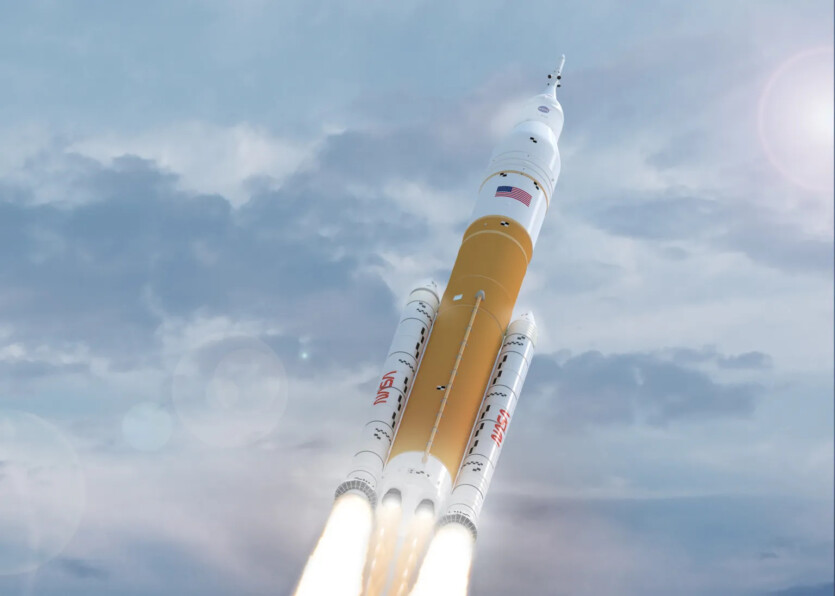
NASA is testing americium-241 as a new nuclear fuel for spacecraft intended for for long-distance missions.
NASA has long been using radioisotope power plants for deep space exploration. These nuclear power plants generate electricity for spacecraft and scientific instruments by converting the heat, released by the natural decay of radioactive materials.
Currently, plutonium-238 is a key source of thermal energy for NASA. However, there has long been interest in using americium-241 as an alternative. Currently, NASA, together with The University of Leicester is testing americium.
The system is based on a free-piston Stirling converter that converts the heat of isotopes into electricity. Unlike of traditional engines with a crankshaft, the Stirling transducer works with pistons floating freely inside the engine.
Due to this design, it is possible to achieve minimal wear and tear, since no rotating piston rings or bearings. This allows the converter to generate even more electricity over time.
The University of Leicester provided the heat source simulators and generator housing, and NASA’s Glenn Research Laboratory Stirling provided the test station, conversion equipment, and support equipment. The Stirling generator test bench operated on two electrically heated americium-241 heat source simulators that had the same dimensions as the real ones.
One of the key design advantages of the test bench, as shown by the tests, is its ability to maintain power supply even in the event of a Stirling converter failure. This breakthrough opens up great prospects for a Stirling generator based on the radioisotope americium as a reliable energy source for long-duration space flights.
Source: NotebookCheck

Spelling error report
The following text will be sent to our editors: